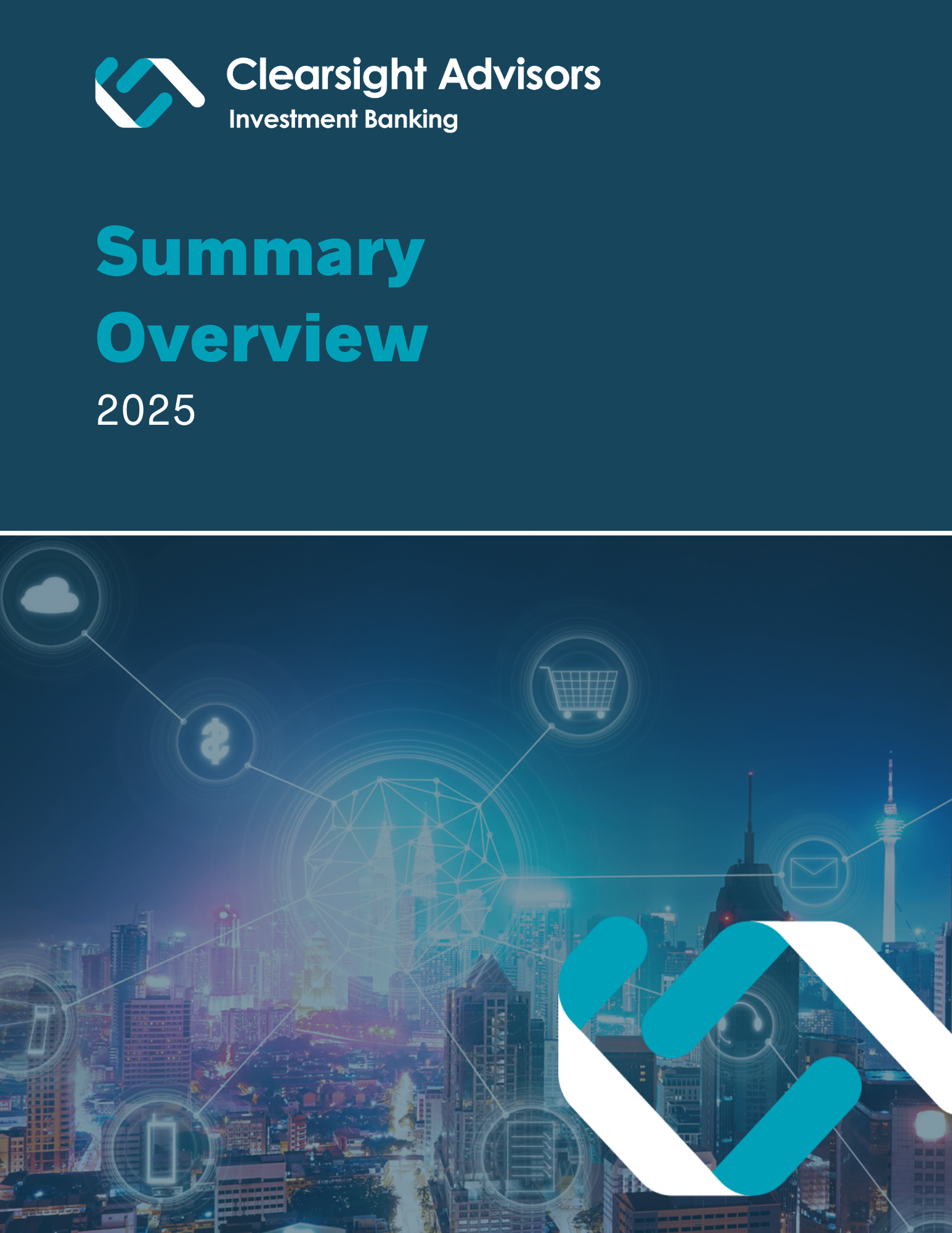Recap: AFCEA Big Data Technology Symposium
The Clearsight team attended the AFCEA Big Data Technology Symposium: Transforming Massive Data into Better Outcomes to keep a finger on the pulse of what the government is thinking about in the Big Data space. Although much of the conversation actually hovered around what we at Clearsight call Business Intelligence 1.0, we did see a couple exciting glimpses of how the government is starting to turn data into actionable intelligence and shift from “reporting a process” to “reporting on outcomes”.
The Assistant Director of Information Technology and Chief Information Officer of the Recovery Accountability and Transparency Board (whew! What a mouthful!) talked about a blueprint being created for all Federal agencies to follow for leveraging Big Data to look at the whole picture of transparency and how the Federal government can lead the market forward.
While budgets and actual spending on Business Intelligence 2.0 (think cloud) in the commercial sector have far outpaced most of the government sector, specific parts of the government sector are rapidly embracing Hadoop – particularly areas of heavy research areas such as NIH and NASA. The panelist from DARPA shared a super interesting story on what the military is doing around traumatic brain injuries and big data – shoot us an email if you want more of the story there, but trust me it’s a good one and demonstrates innovation and passion for the mission. Others sighted unstructured data as one of the greatest challenges – and without it you are only going to get part of the picture and, more likely, miss really important information. Virtual distributed processing, in-memory computing and layering information while using intelligent algorithms were all part of what’s on the mind and in the crystal balls of the Federal leaders in big data.
We expect this excitement to translate to larger businesses growing more aggressive on M&A in the data analytics sector. We are already seeing intense interest in companies with “cloud” capability and knowledge around IT infrastructure to help develop strategies for Big Data. While the government is not yet an open spigot of Big Data RFPs, companies are positioning themselves to be first in line to help the government find value in Big Data.
Share
